Before I arrived in Nepal to take on our Everest Base Camp trek, I have to admit I was a little clueless about what to expect in the mountains. Would there be toilets? Would there be electricity? Heating? Fresh water? And so many more questions, so this post aims to address the key questions you may have before you leave. We have compiled information about 10 things you probably need to know about an Everest Base Camp Trek.
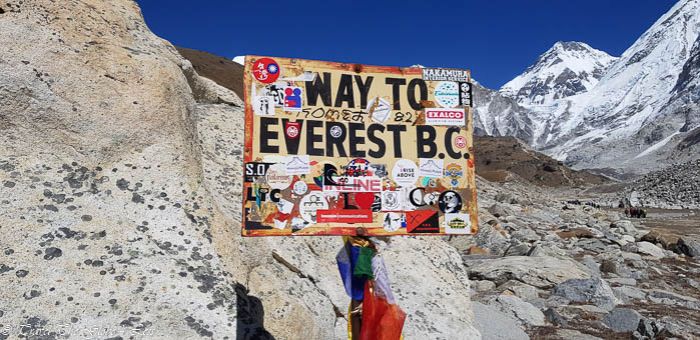
What do you need to know about an Everest Base Camp trek?
WiFi
WiFi is widespread in the Himalayas. In the lower Himalayas, prior to Namche Bazaar, you will be able to obtain free WiFi at most restaurants and cafes. It is only quick enough for picking up emails and sending brief social media updates but it is better than nothing. Don’t try to upload your entire photo album for the day or you will likely die of boredom in the process!
After Namche Bazaar, you will need to pay for WiFi (although we did spot the occasional establishment offering free WiFi for spend over a certain amount). It is possible to buy an Everest Link pass for $20 which will last for two weeks or you can pay at each place (we saw WiFi advertised for 500 RP). Our group seemed pretty happy with the service but I opted for a digital detox and so have no personal experience.
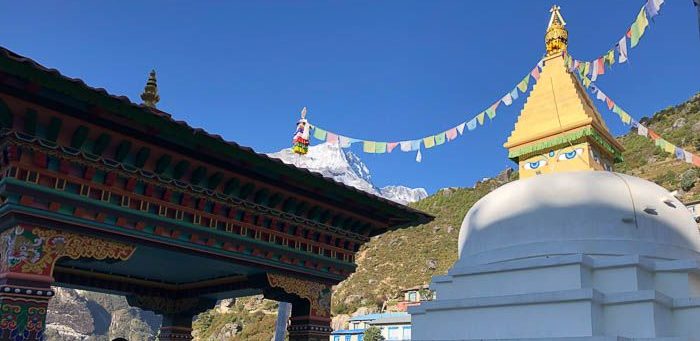
Plug sockets
Plug sockets are pretty much non-existent after Namche Bazaar. You can pay to charge devices and prices vary from 100 RP an hour in Cheplung to 300 RP in Lobuche. It is wise to bring either battery packs or solar charging panels with you to avoid this charge although note these can be heavy and will use up valuable weight allowance.
I highly recommend purchasing a solar charger from Amazon. We had beautiful weather during our trip and relied almost exclusively on these devices to charge our watches and phone cameras. We attached them to our daypacks and even used them to charge whilst trekking.
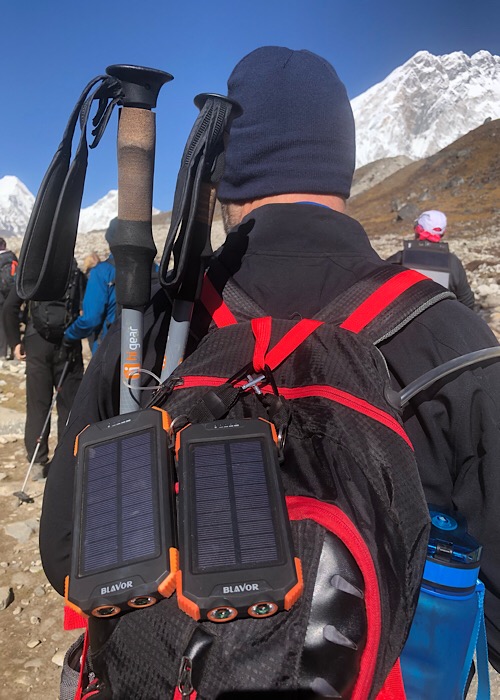
Of course, you may not be as fortunate with the weather. A back-up option therefore is an Anker Power Core which we also purchased from Amazon. We rarely used it simply because we relied primarily on our solar source but I was impressed at how well the power bank retained power even in cold environments.
Tip: when you roll up your sleeping bag in the morning, be sure to pop your battery packs in the middle to insulate them from the cold and preserve their charge.
Electricity
Electricity also becomes more sparse as you ascend and was often unavailable during the night. It is wise therefore to bring a torch that you can use for nighttime toilet visits, especially when toilet facilities are rudimentary.
Again, our solar charger was excellent for this purpose, with a built in torch which you can see at the bottom of the photo above.
Toilets
I honestly thought I would have to be getting my peachy white ass out on the mountain on a regular basis, however that wasn’t the case. Frequent toilet facilities exist with western-style loos and the standards were much better than I anticipated.
You will find squat toilets and long drops too but only a few toilets were really offensive. These tended to be at lunch and snack stops rather than overnight locations.
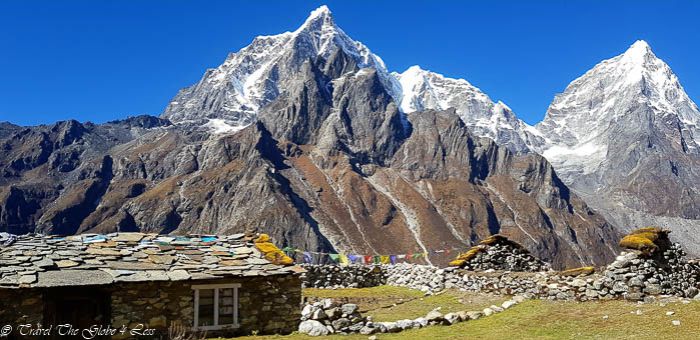
Toilet roll
Other than in Namche Bazaar and possibly some of the teahouses in Lukla, most establishments do not provide toilet roll. Tissues and roll can be bought in every village but can be expensive, especially the higher up the mountain.
I recommend preparing packs before departure which include toilet roll, antibacterial wipes and hand cleaner and possibly wet wipes. You will then be prepared for all possibilities.
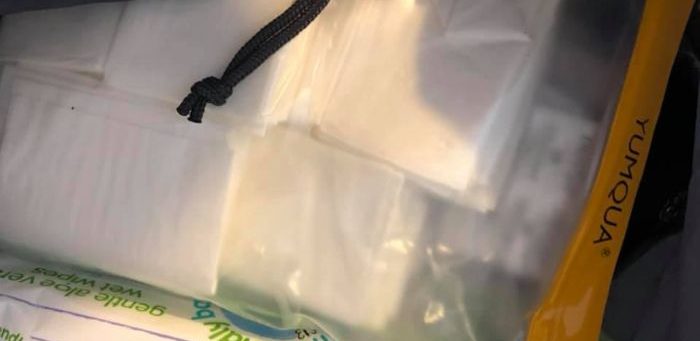
We bought Clinell Antibacterial Hand Wipes and a travel size antibacterial hand cleaner from Amazon. I am only sad that I didn’t take all 100 sachets with me as we quickly used these. They were useful for wiping toilet seats, cleaning our hands and cutlery. The travel size antibacterial hand cleaner also fit nicely into the small pockets on the waistband of my daypack.

Water
Our Sherpas purified all our water and we simply filled our Degbit water bottles and Osprey Camelbak up at breakfast and lunch. There is no need to buy water on the mountain nor do you need to flavour your water.
We put daily Dioralyte sachets into our water simply because it was difficult to stay hydrated in the altitude and to replace lost salts from sweat. That said, I still managed to get sick so cannot be certain this had a positive effect (although I did recover quickly!)
Snacks
You can buy snacks at the villages along the EBC trail but they are not the best type of snacks for prolonged activity. Think Mars Bars, Twix, and crisps (often out of date!). If you want sports snacks you will need to bring these with you as we could not find them anywhere. Note, snacks increase in cost with the altitude so you may wish to stock up lower down if you prefer not to carry them. I will definitely be taking my own snacks (something like these Maxi-Muscle snacks) on our next adventure to Mount Toubkal.
Heating
Teahouse bedrooms do not have heating. Communal spaces tend to be reasonably warm but once you are in your bedroom, you will need to snuggle into your sleeping bag for warmth.
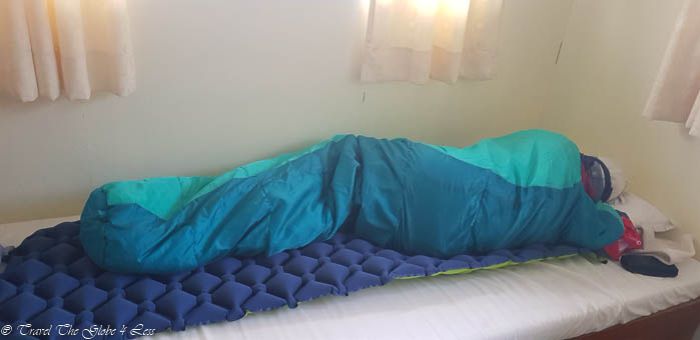
Don’t hang clothes on the hooks provided in the rooms either as clothes get very cold and a little damp. Instead, put them in the bottom of your sleeping bag, under your bag or by your side. This way, they are on hand for for night time toilet visits but they also retain your body heat and won’t be as unpleasant to put on in the morning.
Laundry
There are a number of places offering laundry services along the trail. For instance, teahouses in Namche Bazaar and Dingboche offered laundry facilities. In Dingboche, the cost was 200RP per item (around £1.50) but much less in Namche. This may mean that you can sacrifice some clothes in favour of energy snacks.
Boots or shoes
I toyed with bringing hiking shoes but with hindsight would say that hiking boots are essential. The terrain is often rocky and unstable and I really found the ankle support invaluable. That said, one person in our group did the entire trek in sandals (Yes, that would be you Robert!)
Medicines
Mysteriously, our supply of paracetamol somehow went amiss between the UK and Lukla. We were however able to buy supplies of paracetomol in Dingboche along with other supplies. Tablets were expensive at around £3 a strip of 8 so ideally you should bring these with you. You can purchase these in bulk from Amazon as they are essential for altitude sickness headaches. Surprisingly, paracetamol works much better than ibuprofen for this purpose.
I recommend that you prepare supplies of any drugs you might need in a small waterproof pack for your day bag. You can then put them somewhere that is easy to locate. You can top up each evening or morning from a larger supply in your main bag but it is important to minimise weight in your day pack as this will use less energy. We used waterproof pouches for this purpose but you can just as easily use resealable freezer bags.
Have your say
Now perhaps you too have done an Everest Base Camp trek and have some additional tips for other readers. Don’t be shy now! I am sure they will benefit from your wisdom. I certainly wish I had known half of this stuff before I left.
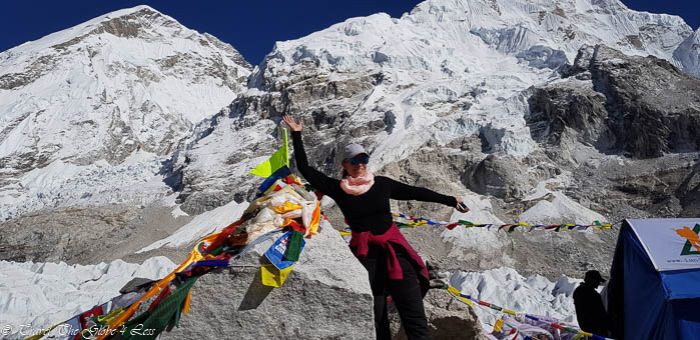
And, if you are interested, here is our route.
Our Everest Base Camp route
If you would like to read more about our Everest Base Camp trip click here.
 From Miles to Smiles Stylish travel for professionals seeking luxury at affordable prices
From Miles to Smiles Stylish travel for professionals seeking luxury at affordable prices
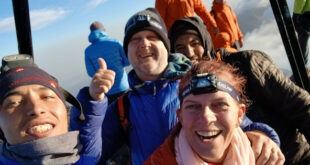
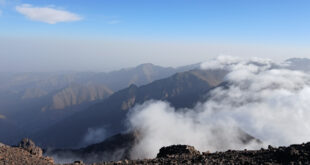
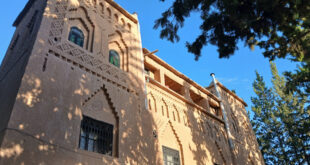
This blog post is an excellent guide for anyone preparing for an Everest Base Camp trek. It addresses common concerns and practical tips with clarity and firsthand experience. From WiFi availability and charging options to toilet facilities and essential gear, the insights are both practical and informative. The author’s candid advice on preparing for various conditions—like carrying toilet roll, managing altitude sickness, and dealing with limited electricity—makes it a must-read for trekkers. If you’re planning this epic journey, this post will help you navigate the trek with greater confidence and ease.
This article is really amazing, thank you for sharing helpful article. very interesting and amazing details you provide.
Very informative post. Thank you so much for sharing this information with us. Good you explained everything in detail it has been a great help. This is very Informative and helpful article.
Wow, amazing blog. This blog post is an excellent resource for anyone planning to embark on an Everest Base Camp trek. It provides comprehensive and practical information on everything from the trekking route and itinerary to the equipment and gear needed for the journey.
The post is well-written, and engaging, and offers valuable insights into the challenges and rewards of trekking to the base camp of the world’s highest mountain. Whether you’re a seasoned trekker or a novice adventurer, this post is sure to provide you with the information and inspiration you need to plan a successful and unforgettable Everest Base Camp trek.
Thank you very much for publishing such an informative blog.
thank you for the informative post, will definitely come back for more
Buy oranges they are small so you can get quite a lot in your ruksack and full of vitamin c and will do your stomach a world of good, olso eat applepies at lodges to help your appetite
HI Alan thanks for those tips. Did the oranges help a lot? I took probiotics for 6 weeks prior but still succumbed which was annoying. The apple pies did look utterly amazing!! Those bakeries truly were incredible!
Tip 1, Find a VERY good tour company.
TIP 2, Our company supplies warm water twice a day for washing, small bowl, I had small micro fiber cloth carried in zip lock bag come in handy
Tip 3, Ladies, have a good supply of panty liners. Saves on washing, (no water) and weight, min. number of undies required.
Tip 4, take a kindle, long nights without electricity
Tip 5, If you don’t have all the gear, don’t worry, you can land in Kathmandu with just your boots and backpack, and get everything you may need, at cheaper price
Hi Kath, love the idea of the water. We did a take kindle precisely for this reason and my husband out it to good use. We also took cards and delighted in teaching our Sherpas some new card games only for them to then kick our asses by winning!
People die every year on an EBC trek from altitude sickness. Every death could be prevented if tttekkers followed the AMS guidelines. I’m surprised that an article called ” 10 Things You Need To Know About An Everest Base Camp Trek” didn’t start with this information. I worry your suggestion that AMS symptoms could be masked with pain killers may cause people to keep trekking when they should stop. This is why people die.
Which is one of the reasons I travelled with Action Challenge who have a UK doctor on the trip who monitors you and sends you down if you are veering into AMS rather than mild altitude sickness.
I will be covering this in more detail in another post but would suggest it is imperative not to cut costs and go with the cheapest operator who may have less experience in this area. It was a massive reassurance to us having a doctor on hand and let me tell you she worked her arse off not so much because of altitude sickness but because a load of us picked up a sickness bug
Incidentally there are no official statistics for deaths on an EBC trek each year but this guide gives some indications if you are interested.
https://ebctrekguide.com/deaths-on-everest-base-camp-trek-annually
Hope you were not the stereotypical tourist and littered a bunch of garbage there.
I think they need to increase the fees to summit Everest and include very hefty fines and immediate prison costing $50/ day until those fines are paid for littering tourists.
Absolutely not. Took everything away with me. I was pretty disgusted at one point to find lots of toilet roll abandoned on the mountain when I went for a au natural visit. I took plastic bags with me to put any such paper in. A bit grim but I think it’s disgusting that privileged tourists have so little respect for the beauty of this incredible place